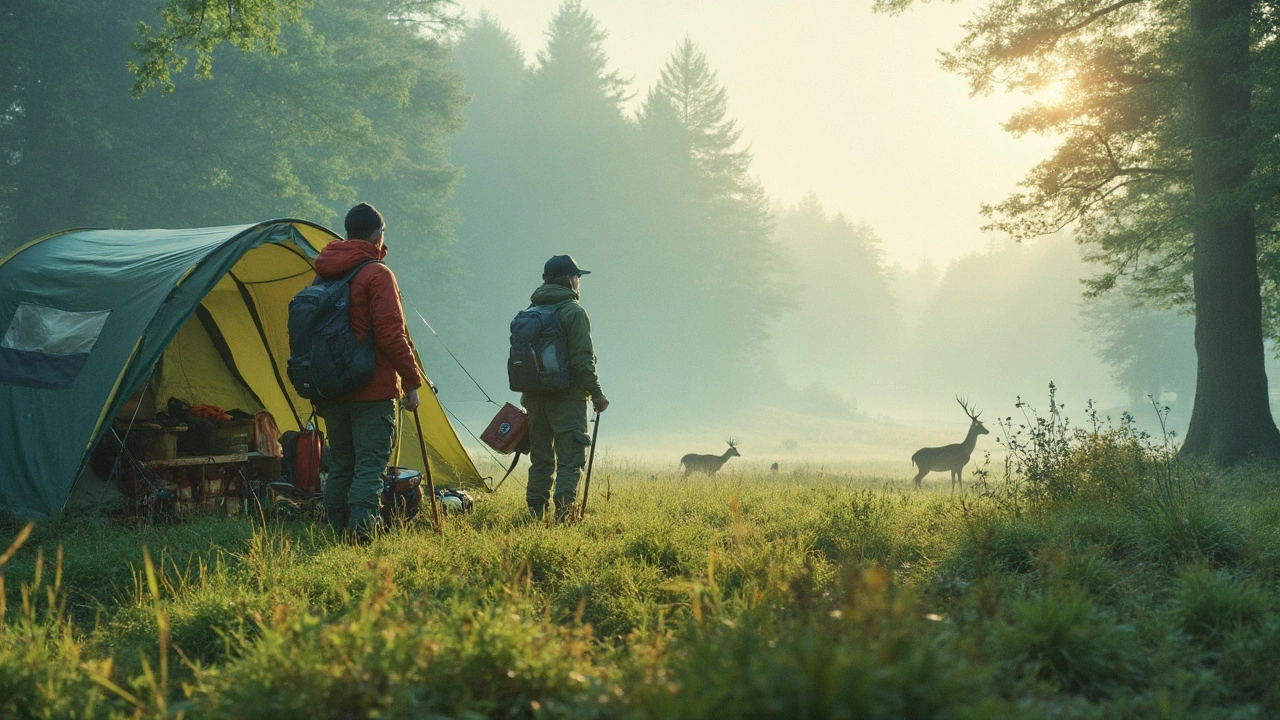Camping Tips: Simple Advice for a Great Outdoor Stay
Thinking about heading into the woods for a weekend? You don’t need a master plan to have fun. A few quick tips can make the difference between a relaxed break and a stressful scramble.
Plan Your Trip the Right Way
First, check the weather for the dates you want. A light rain forecast means you’ll need a good tarp and waterproof shoes. Next, pick a campsite that matches your comfort level. If you’re new to camping, a site with easy access to toilets and water will save you a lot of hassle.
Reserve your spot early, especially in popular parks. Many sites let you book online, and a confirmation email is worth printing out or saving on your phone. While you’re at it, write down the campsite’s rules – fire bans, pet policies, and quiet hours are usually listed on the reservation page.
Gear Up and Stay Comfortable
Now for the gear. A two‑person tent is usually enough for a couple or a pair of friends, but make sure it’s rated for the season you’re visiting. A rain fly and a groundsheet add a layer of protection that pays off when you’re asleep.
Sleeping bags should match the lowest temperature you expect. A 20°F rating is comfortable for most autumn nights. Add a sleeping pad or an inflatable mattress for extra insulation from the cold ground.
Don’t forget a reliable lighter or matches in a waterproof container, a headlamp with extra batteries, and a small first‑aid kit. These basics keep you safe and let you move around the campsite after dark without tripping.
If you like a touch of luxury, consider a glamping tweak: bring a portable camp chair, a small table, and maybe a string of battery‑powered fairy lights. They make the area feel more like a backyard than a forest clearing.
Cooking can be simple. A lightweight stove, a pot, and a few reusable containers cover most meals. Pack non‑perishable foods like oats, pasta, and canned beans. Pre‑portion snacks into zip‑lock bags so you’re not rummaging through a backpack while the fire dies down.
Always store food in airtight containers and hang it from a tree if bears are a concern. This keeps critters away and protects your meals from getting spoiled.
When it’s time to clean up, follow the “Leave No Trace” principle. Pack out everything you bring in, even tiny bits of paper. A small trash bag and a biodegradable soap bottle are enough to wash dishes without harming the environment.
With these tips, you’ll spend less time worrying and more time enjoying the fresh air, the crackle of the fire, and the simple pleasure of a night under the stars.

What's the Golden Rule of Camping?
Camping can be magical when done with care for the environment. The golden rule emphasizes leaving no trace, allowing nature to thrive after you're gone. This principle fosters respect for the land and promotes sustainable adventures. Whether you're a seasoned camper or a rookie, adopting eco-friendly habits during your trips can make a real difference.
Continue Reading